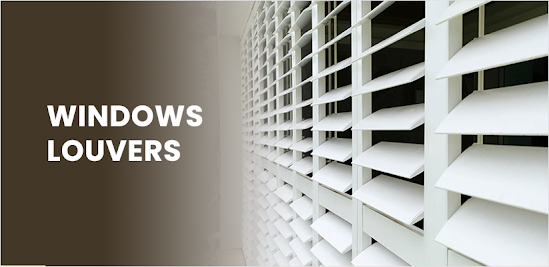How were royal palaces in the Middle Ages before the introduction of glass windows?
In the Middle Ages, before the introduction of glass windows, royal palaces had several methods of letting in light and providing ventilation.
Louvers: These were slats of wood or stone that were placed in walls or roofs to let in light and air. They could be opened or closed to control the amount of light and air entering the palace.
Arrow slits: These were narrow openings in walls that allowed archers to fire arrows at attackers while providing some light and ventilation.
Clerestory windows: These were windows located high up on walls that let in light while keeping the interior private.
Transom windows: These were small windows located above doors that let in light and air.
Open courtyards: Many palaces had open courtyards that provided light and ventilation to the palace.
Glassless window openings: Some palaces had openings in the walls for windows, but no glass. They were covered with shutters or a thin piece of translucent material, such as oiled linen, to keep out the elements.
These methods were not as effective as modern windows in terms of insulation and light penetration, but they were sufficient for the time. Keep in mind that the use of glass was rare and very expensive until the modern era, and it was mostly used by the wealthy and the churches. Most people still used shutters, oiled linen, or animal skins to cover their windows.






Comments
Post a Comment
If you have doubt Pl Let me know